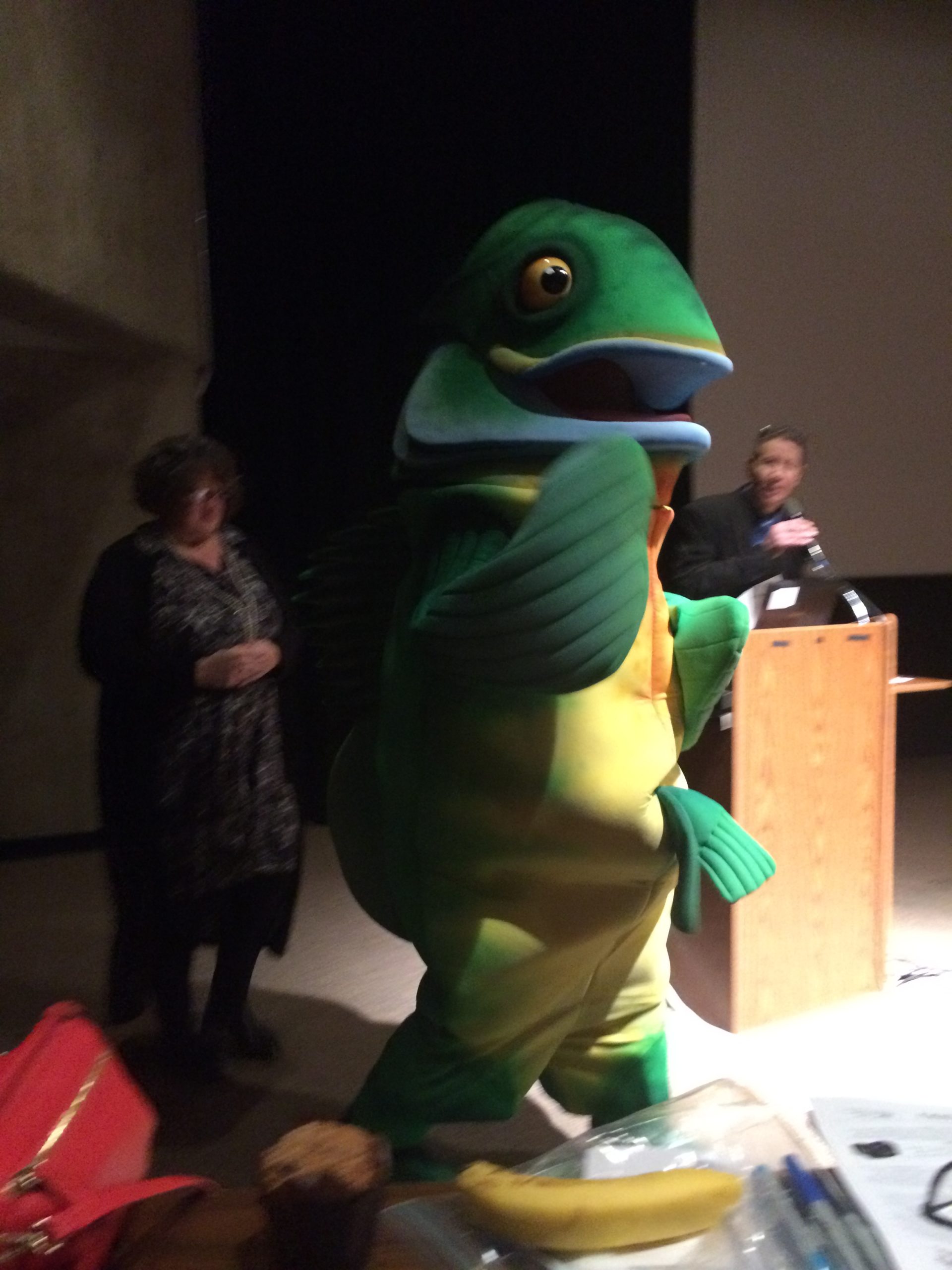It’s been a week since the opening of the 2016 Iowa Water Conference, one of the most highly attended events in its ten year history. We’ve been busy tying up loose ends, getting presentations posted on the event page, and even catching a few breaths here and there. A week removed seems like a good time to record some observations about this year’s conference as we look forward to 2017 (yes, already!).
You can’t control the weather. We had the conference three weeks later this year to avoid the inevitable early March “in like a lion” happenings. Mother Nature pretty much laughed in our faces, since the weather at the beginning of March was gorgeous, and the storm Wednesday night prevented several attendees and three speakers from making it to Thursday’s activities. (Absolutely enormous thank you to ISU Brent Pringnitz for setting these speakers up to present remotely in an unbelievably short turnaround period.)
Water is kind of a big deal. We had almost 500 people attend the water conference this year. That’s 100 more than last year. We had more posters, more exhibitors. People care about water so much that they will take two days out of their busy schedules to come learn and talk about it with people they may or may not know. The opening plenary even got media coverage on WHO TV.
The Iowa Water Conference shouldn’t be the only time we collaborate. We’ve received feedback from many people who want to make sure the cross-pollination that the Water Conference fosters stays at the forefront. One way to do that is to plan or attend local conferences/meetings/seminars on more specific interests (like tomorrow’s IGWA meeting in Newton). If you need help planning, let us know – we can help steer you in the right direction. If you’re looking for events, sign up for our newsletter. If you have an event, send it to us and we’ll help promote it.
This is YOUR conference. We made quite a few changes to this year’s conference to reflect the comments left in the evaluations from last year, and from what we can tell, they worked (for the most part). Please continue to send us your ideas throughout the year. We’ll have an open call for presentations during the summer months; you’ll find the announcement on this blog, our newsletter and Facebook and Twitter. We have an amazing core committee of conference planners, but can always use more ideas and voices. If you or your organization might want to be on our list of planning partners, give us a call.
There is a lot more we can say, but we’ll leave it at that for now. What were your takeaways from the 2016 Iowa Water Conference?
